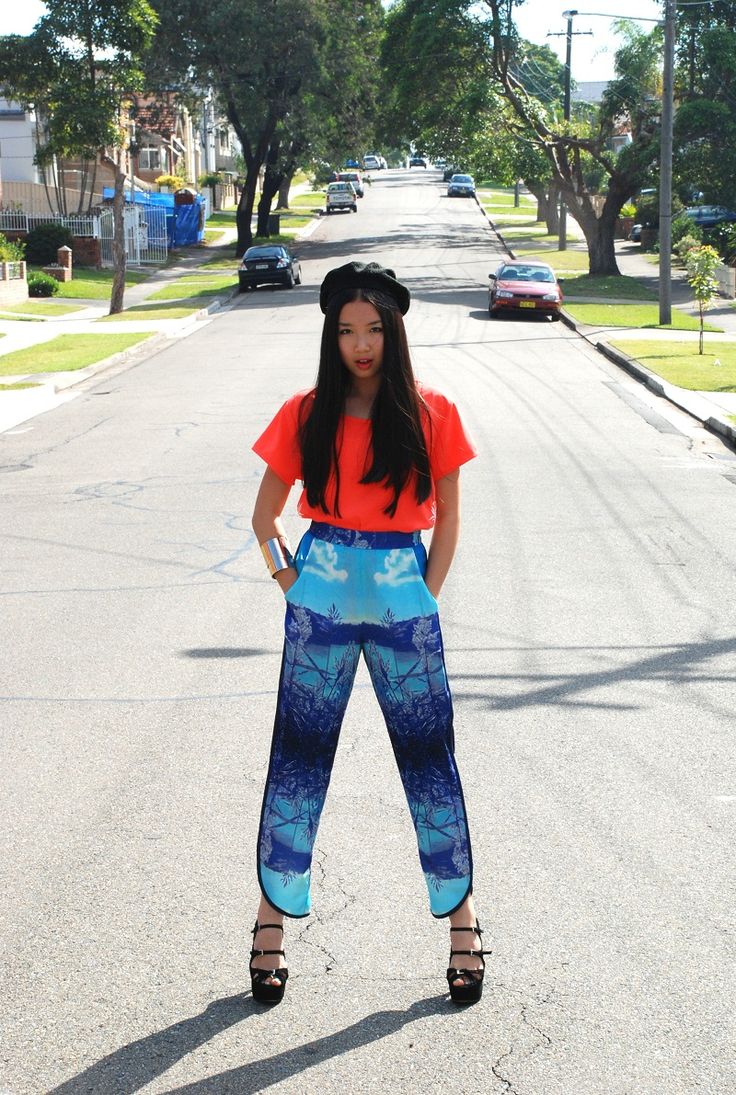DUBAI //The Emirati lady’s intrinsic choice for change, integration, self-expression, and the need to stay updated has transformed the abaya from a utilitarian garment to a “style assertion symbolizing grace, elegance, and charm.”

Researchers from the Lebanese American University in Beirut believe this, having held recognition organizations and interviewed Emirati ladies to examine how the “conflict” between cutting-edge traits and traditional spiritual modesty has affected UAE ladies’ style wishes and inspired the evolution of abaya designs.
“The research has proven that a major transformation has taken the region in the perception of fashion and, for this reason, abayas,” said Dr. Zahy Ramadan, who co-authored the Have a Look at in conjunction with Dr. Mona Mrad.
“Given the changes in the needs and wants of Emirati clients, knowledge of this marketplace is of utmost significance for teachers and marketing practitioners from a style perspective.”
RELATED ARTICLES :
- All About Fashion and Fashion Week
- Personal Branding is an Opportunity to Influence Others
- Five Fantastic WordPress Plugins to Make Your Site Mobile Responsive
- Flipkart Pre-GST Sale on Mobile Phones Brings Down Lenovo K6 Power, Vibe K5 Note, Vibe K5 Plus, P2 Prices
- Cuba tour winners and losers
Dr. Ramadan stated that the UAE is the most important U.S. after Saudi Arabia in terms of Muslim garb consumption and that, according to a current report via Thomson Reuters, the Islamic fashion market is expected to be worth US$484 billion (Dh1.04 trillion) by 2019.
“The UAE market was chosen for this look as it is planning to turn out to be the center of Islamic fashion,” said Dr. Ramadan.
The look at Fashionable Stereotypes and Evolving Trends within the United Arab Emirates was published in the May edition of Customer Needs and Solutions magazine.
“A set of favor motivators emerged from describing Emirati girls’ need for change, integration, self-expression, and want to stay updated that this paper grouped under what we coined the ‘style motivator moment of truth’,” said Dr. Ramadan.
Emirati abaya designer Alia bin Omar could not agree with the examiner’s findings. Since the 27-12 months vintage launched her Dubai-based label, Darya, she has witnessed the evolving traits.
“Before, we used to wear most effective black, but about two years ago, the girls commenced sporting beige, white, and gray colors,” stated Ms bin Omair. Fabrics advanced from silk or polyester to linen or wool throughout the ice months.
“My mum used only to put on the equal cloth for years – the same material. Even my aunt and everybody that I understand use equal fabric. It is better to exchange a chunk and use different fabrics.”
As the researchers noted in their findings, the modern-day patterns do now not tend to “undermine the abayas’ local and conventional appearance, which UAE fashion designers nonetheless don’t forget a symbol of recognizing and way of life that girls within the UAE must maintain”.
For Fatma Al-Mosa, the 38-year-old clothier and proprietor of Folk Couture in Abu Dhabi, the abaya’s cultural roots and function in UAE society will always be the top guide to styles and cuts.
“This is our precedence; it’s miles our faith, it’s far our lifestyle. For the Gulf Arabian ladies, it is a part of their identity and faith that they must wear abayas. This is how they had been recognized,” stated Ms. Al Mosa. “But at the same time, nowadays, we don’t simply put on it for non-secular reasons; it’s far turning into extremely stylish as properly.”
So much so that for the past two years, a growing number of expatriates have turned to Ms. Al Mosa to purchase modern-day abayas—broadly speaking, the colored and linen range, she stated.
“Their experience is very realistic and something that they prefer to experience, even of their countries,” stated Ms. Al Mosa. “I think it’s very promising. For us, the abaya is part of our lifestyle, a part of our identity. I suppose it’s far a pleasure for each person while someone non-Arab buys a chunk and locates it very high-quality and comfy and likes to have it, and they need to put it on even abroad.”
Dr. Haifa Al Anjari, founding faculty member and assistant professor of fashion layout at the College of Fashion and Design Dubai, stated the abaya had come to a protracted manner from its utilitarian origins as a way of modesty and safety from the climate. Early abayas had been black and manufactured from goat hair, said Dr. Al Anjari.




